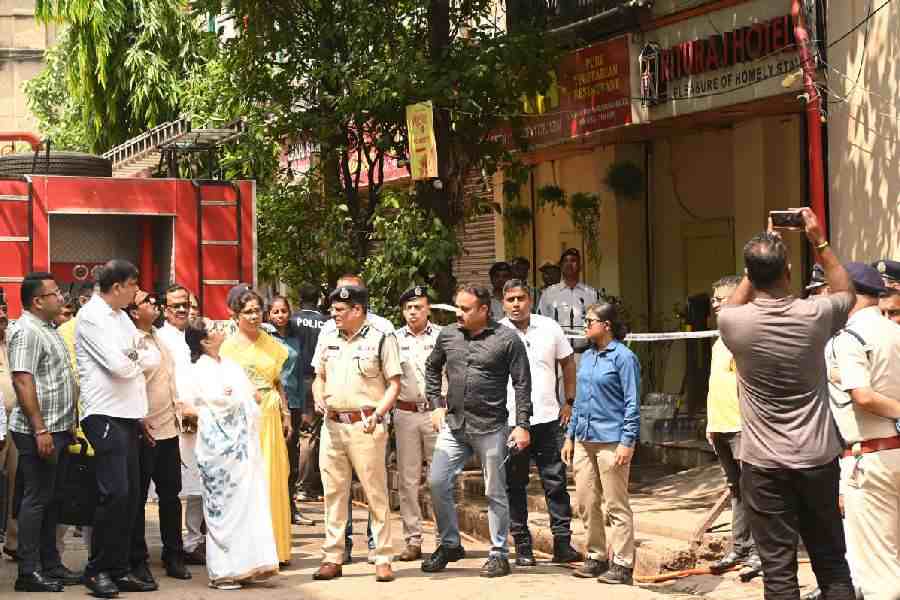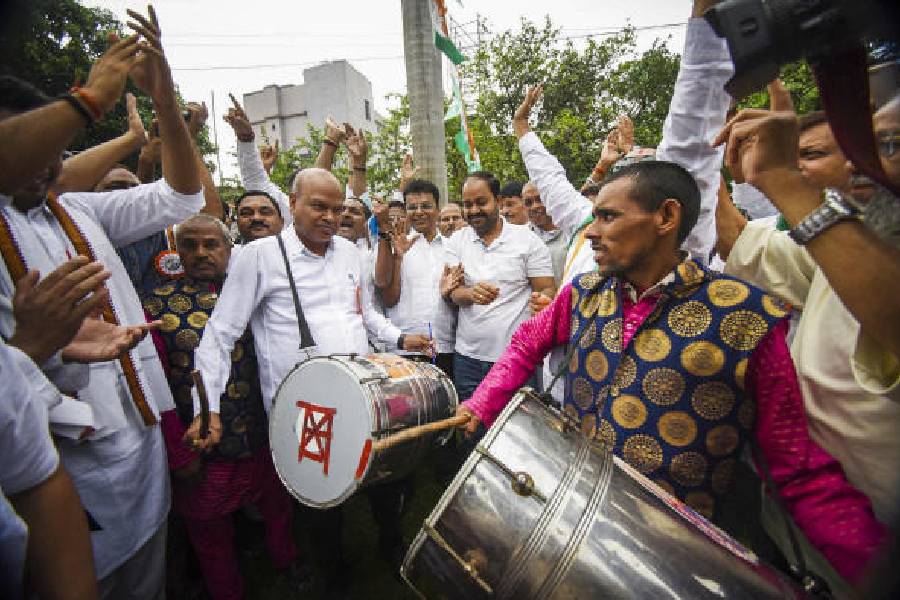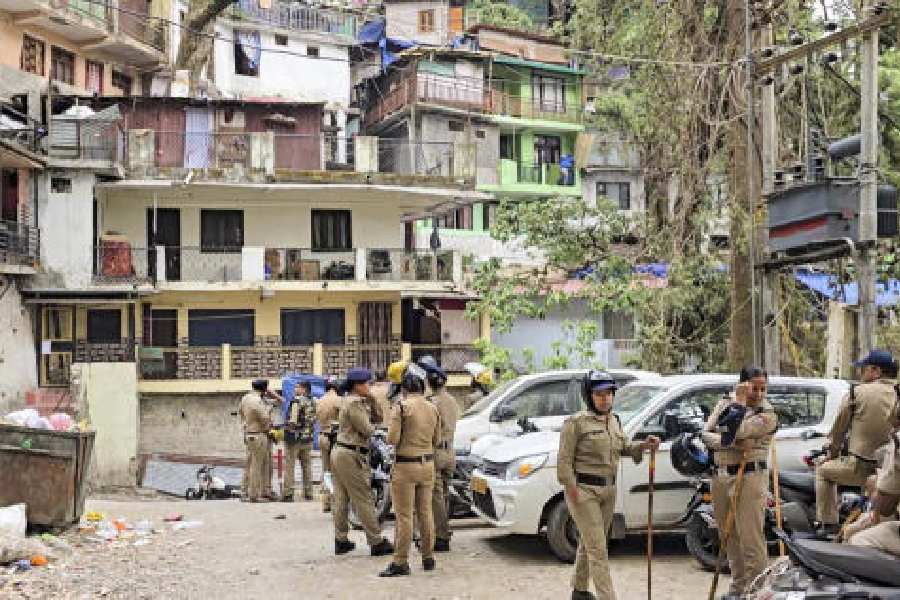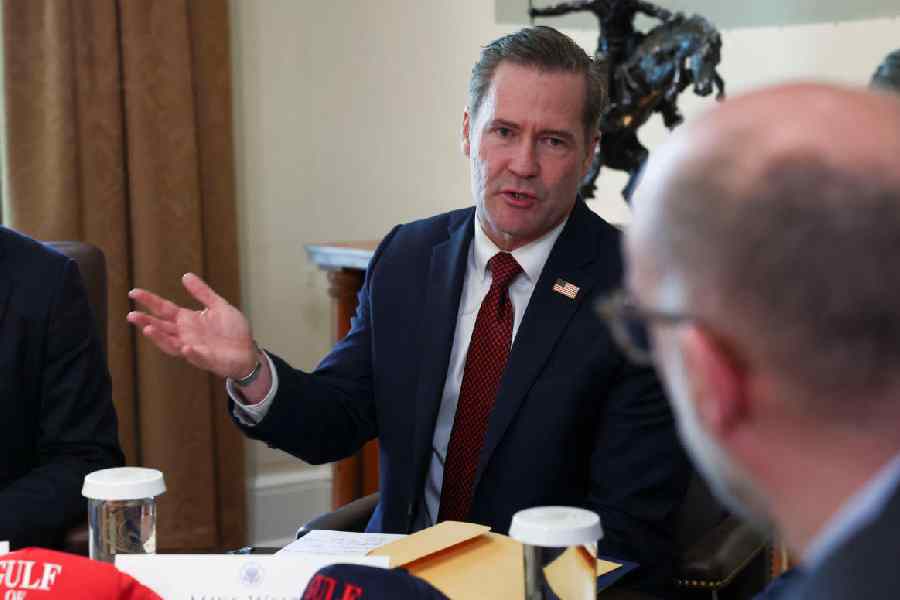AE (Part 2) community hall has gone solar. No, the building itself will not be powered by solar panels on its roof. Instead, the electricity generated by the panels will be fed to the power grid.
The system was inaugurated on Sunday by power and non-conventional energy sources minister Sovandeb Chatterjee and MLA Sujit Bose.

“Unlike most states, load-shedding is history in Bengal,” said Chatterjee. “But now we have to reduce dependency on coal to produce electricity. Not only are coal stocks running out but burning them creates pollution. So renewable energy sources like tidal and solar options are the future. The chief minister has also launched the Aloshree project to install solar panels atop government buildings.”
Additional chief secretary, urban development department, Debasish Sen, sub-divisional officer Saikat Chakraborty and some councillors were also present.
“On a cloudless day, under perfect conditions, the 5KVA solar panel on our hall’s roof can produce five units of electricity,” said Sanjay Kar Chowdhury, treasurer of the block committee — AE Block Samaj Kalyan Sangha — and an electrical engineer who was in charge of the installation. The electricity produced will then be fed to the West Bengal State Electricity Distribution Company’s grid.
“The building electricity bill usually comes to around 600 units, at a cost of Rs 3,500 a month,” said Kar Chowdhury. “But now our electric bill will be adjusted against the power that we feed into the grid.”
Secretary Tapas Sengupta said this set-up was cheaper than having the panels power the building directly. “We save space as well as maintenance cost this way,” he said.
The bulk of the project has been funded by Bose who gave Rs 4 lakh out of his MLA local area development fund.
“The community hall is the centre of social interaction in a block. What better way to get residents to think about the environment than to install a solar panel here,” smiled Sengupta.










